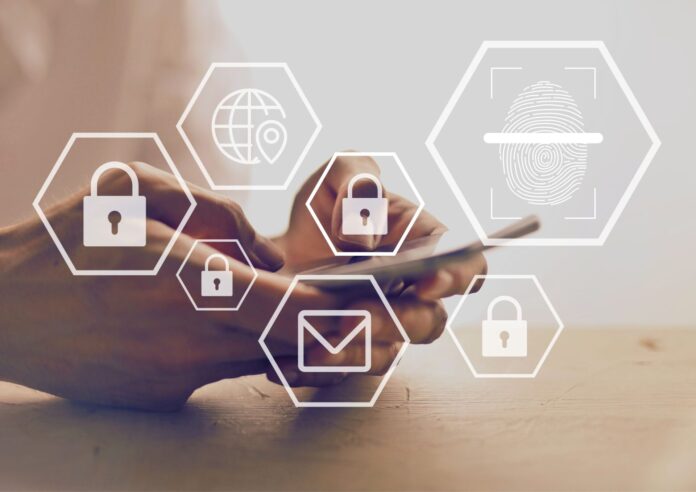Text: Riikka Mahlamäki-Kaistinen and Jenny Orphanou, published in Finland Bridge -magazine 2/2023
The digital identity development project is proceeding slowly but surely
Finland’s new act on digital identification was supposed to enter into force this fall, but outgoing Prime Minister Sanna Marin’s government left the decision to the next cabinet. This was a disappointment, especially for expatriate Finns who had hoped that the new digital ID would facilitate the use of digital services.
A digital identity is not only a technological reform but a societal change that will affect citizens, companies, organizations and public actors.
“Digital identity is a major part of our modern digital security. It’s an electronic means of proof, comparable to a physical ID. It’s an identity recognized by data security systems that contains personal information such as your social security number, usernames, verification as well as digital identifiers such as your IP address and email address,” says Heidi Kentala, a sales specialist at the data security firm Wesentra.
“For instance, digital identity will serve as a basis for controlling access to the resources of an organization and as robust authentication in digital environments. For expatriate Finns, this will mean easier renewal of documents, for example, since reliable identification no longer requires in-person service or bank codes,” she explains.
In the future, all Finnish citizens and people living in Finland will have access to a digital identification application alongside a passport and an identity card. The app may be used both in in-person and electronic service situations.
The EU is developing a joint legislative basis for digital identification to allow smoother services between EU countries. Finland is actively involved in guiding this development and taking a trailblazing role in influencing on how the solution will turn out at the EU level.
“Perhaps Finland hasn’t been in a hurry to introduce this form of identification that is in line with EU regulations, because authentication with bank codes is valid in our country. However, that is not quite as precise as what is required by EU laws.”
In Finland, a signature made with bank codes is considered equivalent to a physical signature, but this is not true at the EU level.
What would be the practical changes brought by the digital identification application?
Proving your personal data would become more flexible and equal.
- In service situations, everyone could prove their identity or other data confirmed by officials using a state-produced digital application, without intermediaries.
- The digital identification app could be used for all services provided in society, both public and private
- In future a person could decide more flexibly where, when and who they allow to access their personal data – and what parts of it.

